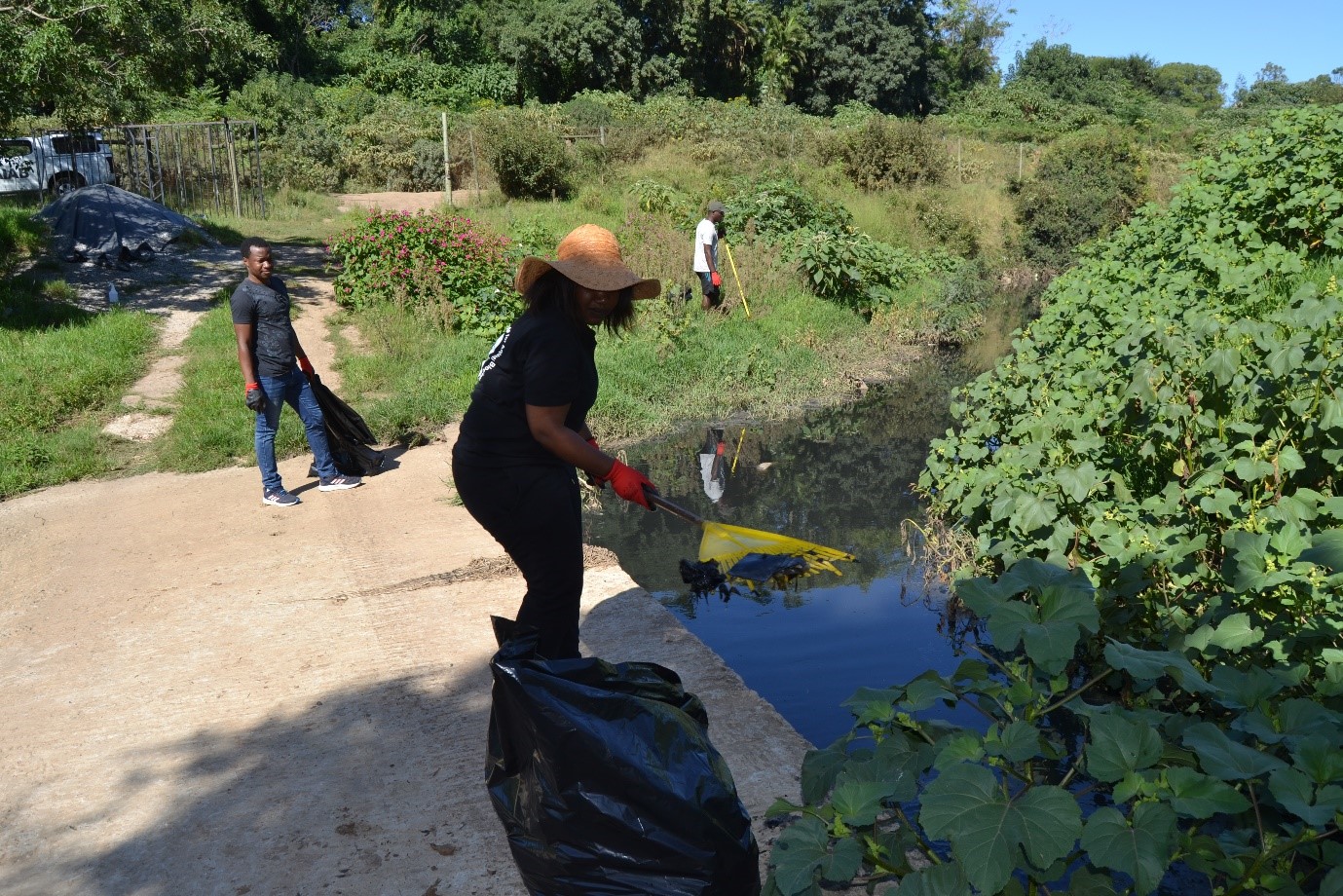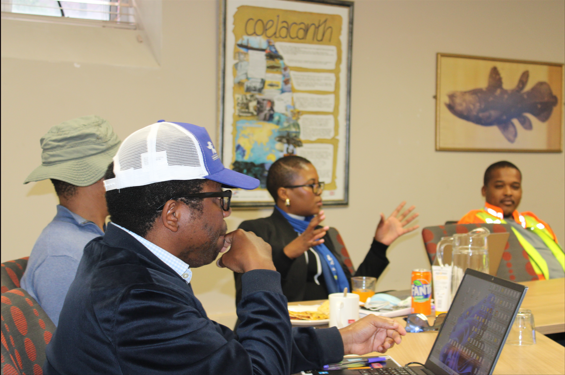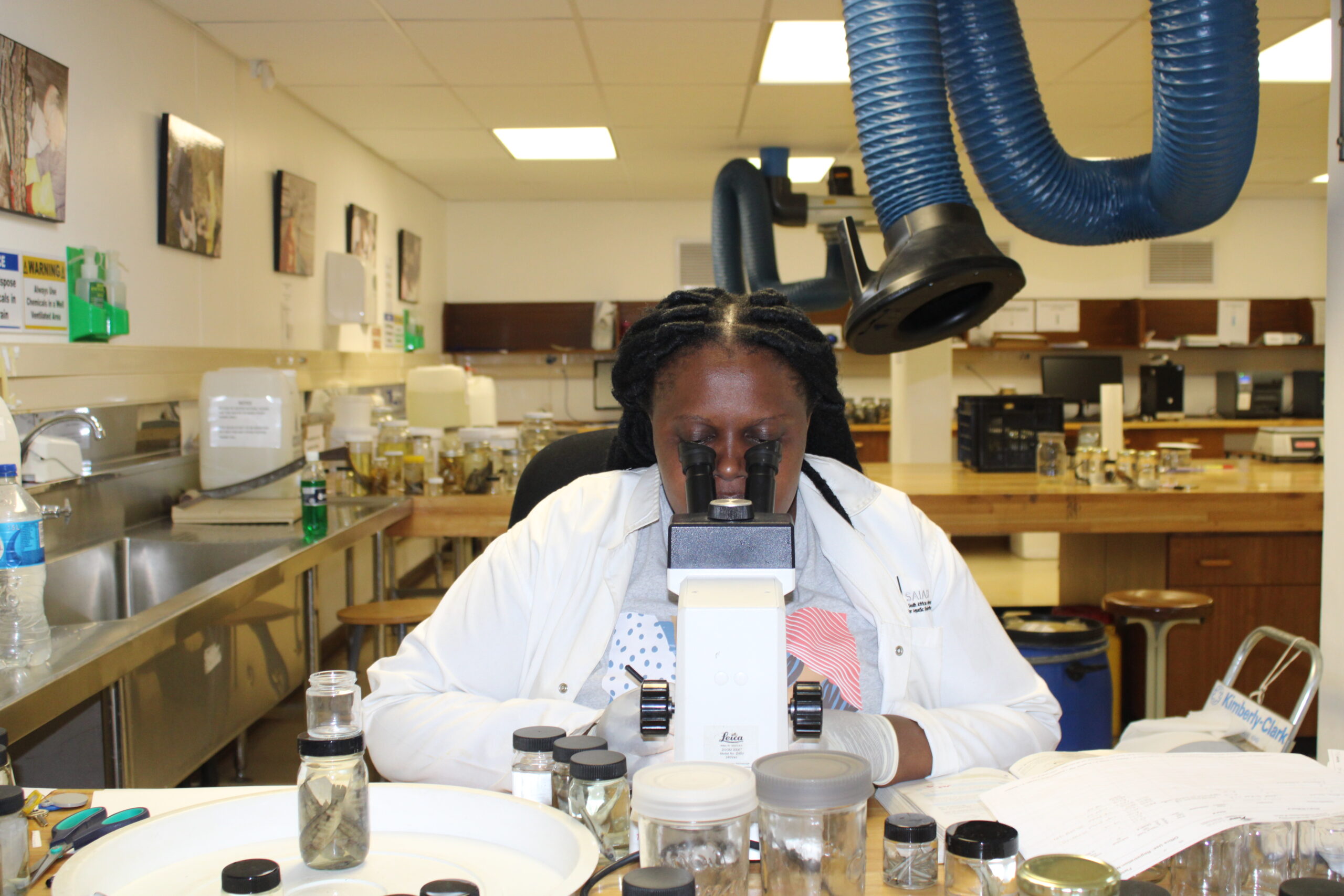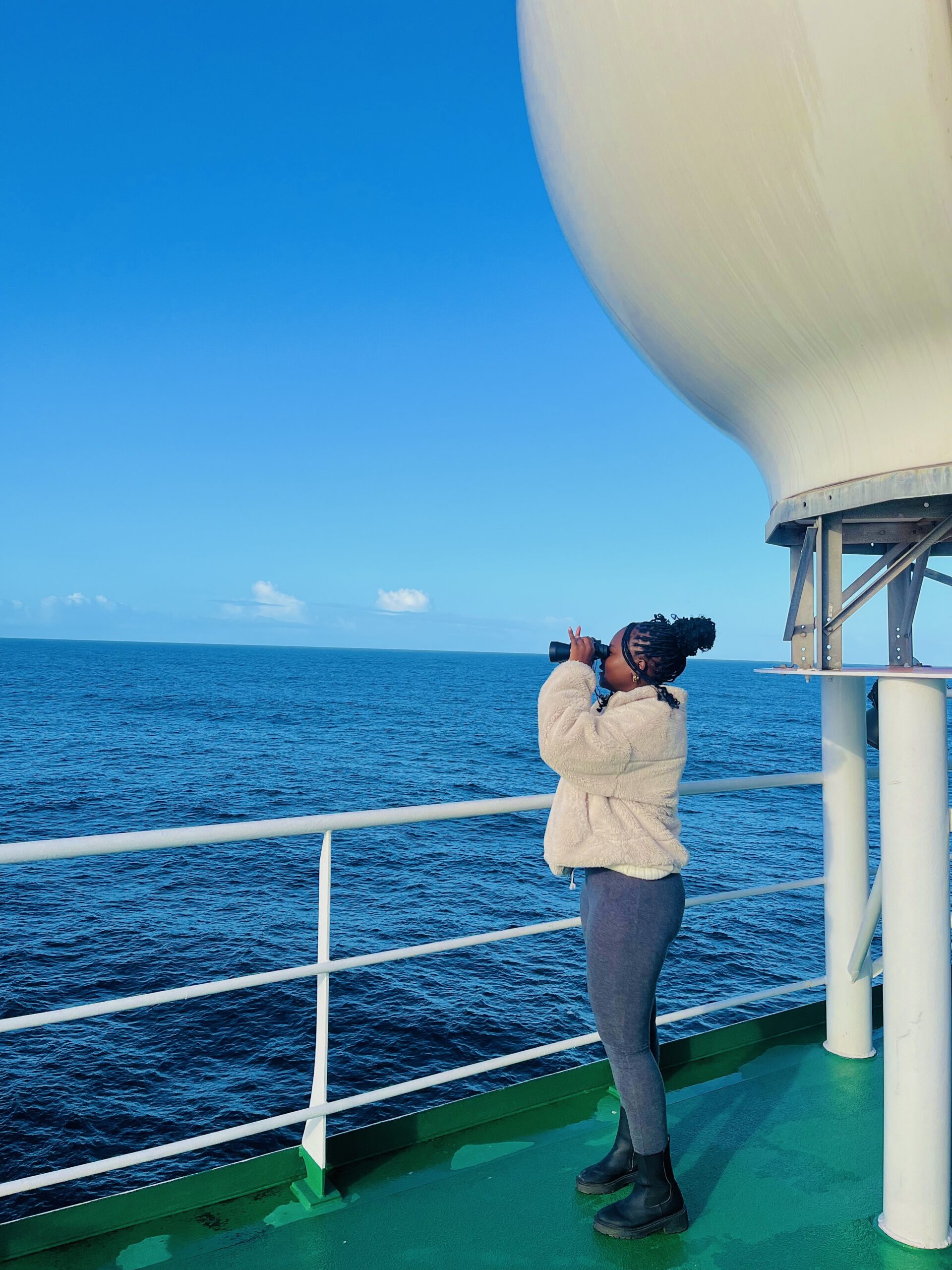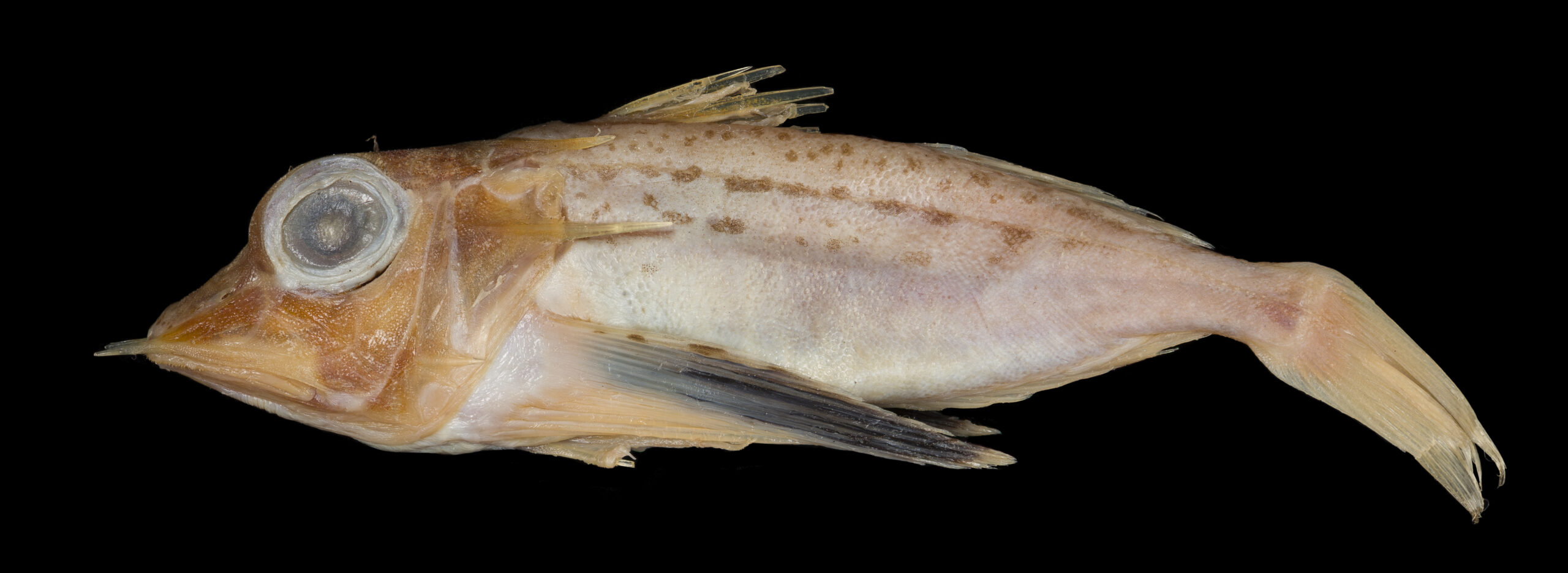-By Xiluva Mathebula (Groen Sebenza/NRF-SAIAB Research Intern)
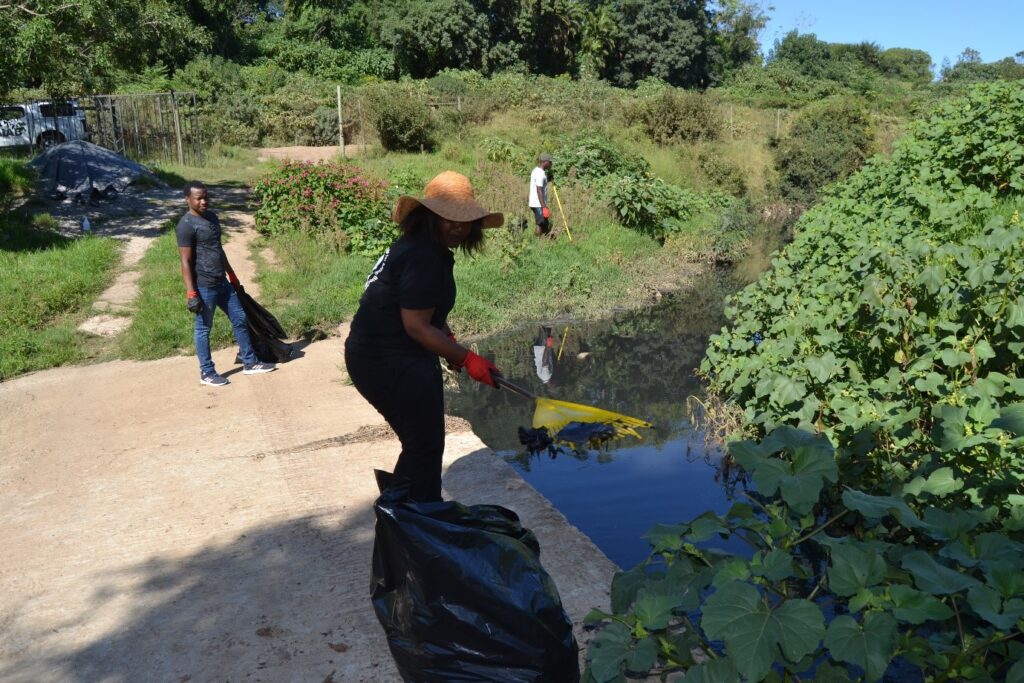
Importance of the Kowie River
The Kowie River is situated in the Eastern Cape province of South Africa, flowing from Grahamstown to its outlet in the Indian Ocean at Port Alfred. The Kowie River is more than just a flowing river; it’s a vital hub of biodiversity and sustenance. Fish thrive in its waters, birds find refuge along its banks, and local communities rely on it for drinking water, agriculture, and recreation. The river’s significance extends beyond its physical boundaries, serving as a symbol of natural abundance and cultural heritage for those who call its shores home.
Threats faced by the Kowie River
The Kowie River, like many rivers across the world, faces significant threats, particularly pollution stemming from agricultural and sewage sources. The overflowing sewages and domestic waste in the river’s catchment area have led to high levels of pollution, degrading both the water quality and the habitat for its inhabitants. The consequences of this pollution are far-reaching. It not only jeopardizes the health of the river itself but also impacts the ecosystems it supports. For instance, fish populations, including species like the Rocky kurper (Sandelia bainsii), are declining, with some even reaching endangered status. Additionally, the presence of invasive species like Bass (Micropterus spp.) further disrupts the delicate balance of the ecosystem, putting native species at risk.
So then, what can we do to prevent all these from affecting our rivers.
To address these challenges and protect our rivers, there are several actions we can take. Firstly, implementing stricter regulations and monitoring systems to control pollution from agricultural and sewage sources is crucial. This may involve promoting sustainable farming practices and investing in wastewater treatment facilities. Furthermore, efforts to control and manage invasive species should be prioritized to preserve the native biodiversity of the river. This could include strategies such as targeted removal programs and public awareness campaigns to prevent the spread of invasive species. Community involvement is also essential. Educating local residents about the importance of preserving river ecosystems and encouraging responsible use of water resources can foster a sense of stewardship and collective action.
